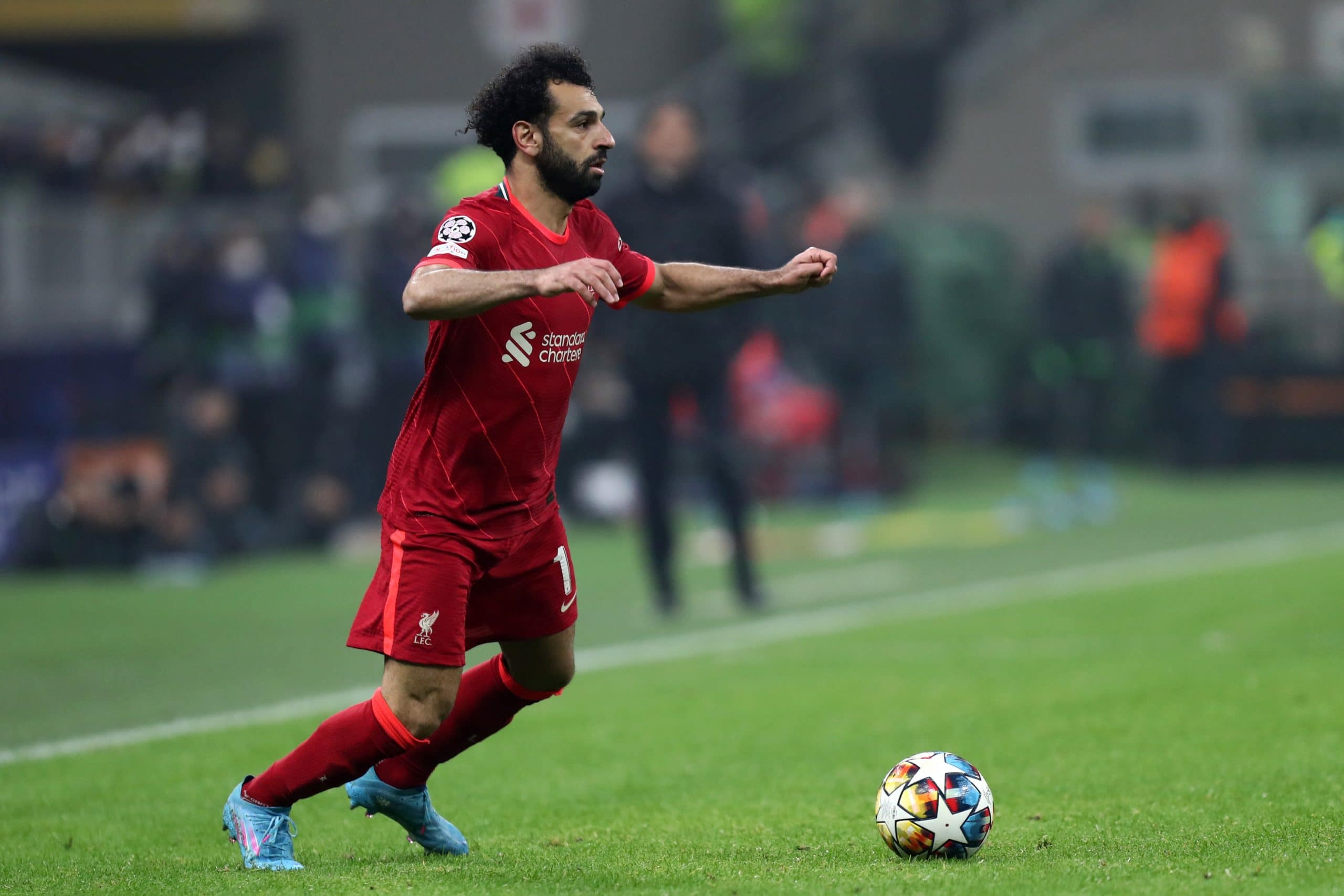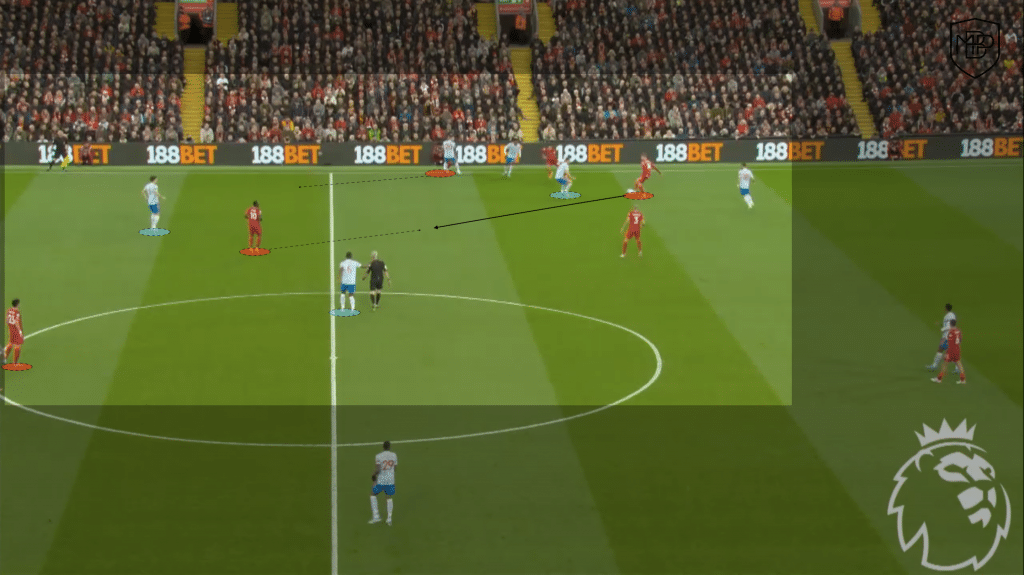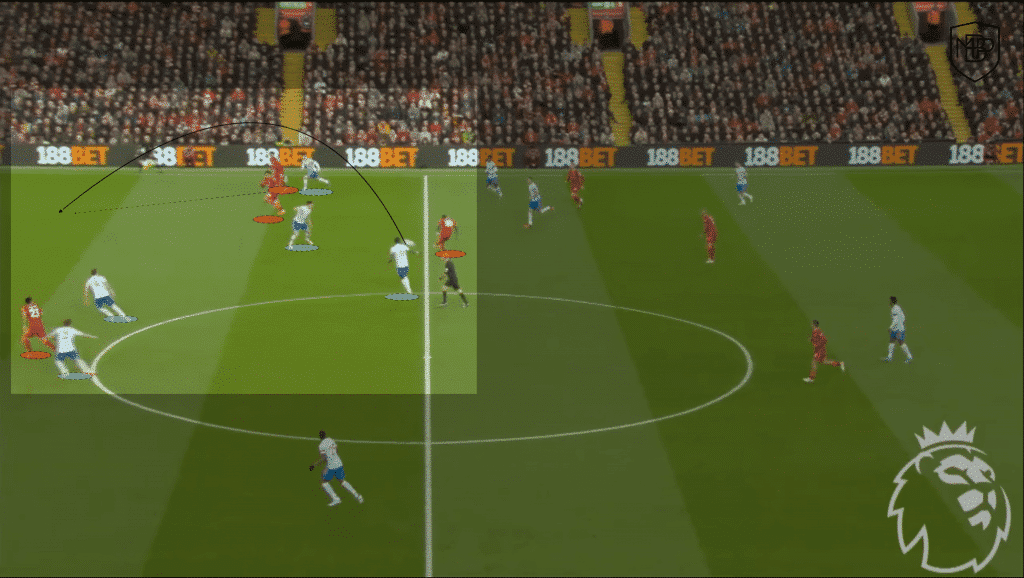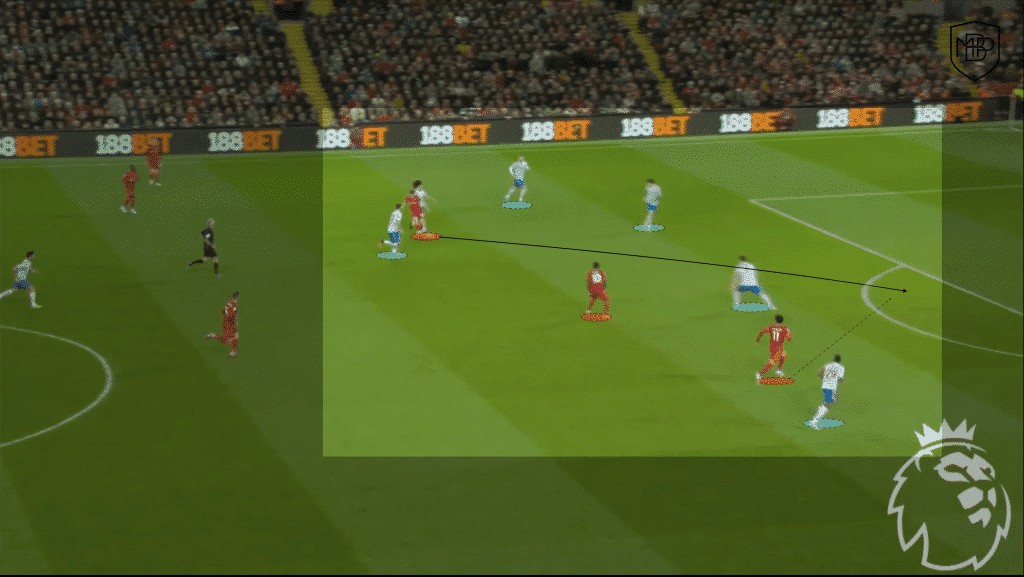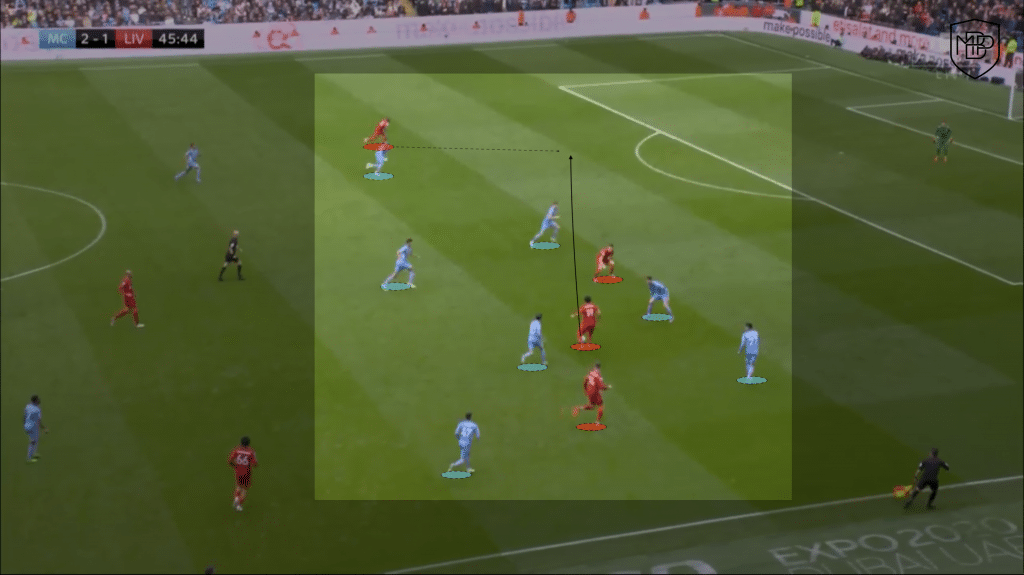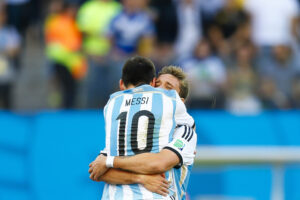Jürgen Klopp’s Liverpool have had a momentous season so far. The Reds are currently in second place in the Premier League and have qualified for the UEFA Champions League semifinals against Villarreal.
Through a direct style based on verticality within the attacking phase, and an instantaneous pressure in defensive transition, the Anfield outfit is reminiscent of the side from two seasons ago which managed to lift the continental trophy.
In addition, within the fantastic collective work, we must highlight the attacking constellation that Salah, Mané and Luis Diaz have built. The three players have connected brilliantly thanks to their socio-affective structure, managing to multiply their individual performance through the relationships generated among them.
For this reason, at the MBP School of Coaches, we have analyzed how the constellation formed by the three players impacts the attacking machine built by manager Jürgen Klopp.
Tactical Analysis
To understand the impact the three players have had on the network as a whole, let’s emphasize the importance of the construction of a team through the creation of collective synergies.
The emergence of constellations within a team allows the individuals interacting within them to shine. Aspects such as correct verbal and non-verbal communication are and will always be vital aspects that will allow the team to function well in the pursuit of a common goal.
On the other hand, it is worth mentioning that generating and maintaining constellations as productive as Liverpool’s is very difficult. On many occasions, each one looks for his own individual interest, leaving aside the benefit of the collective, and thereby generating a motor counter-communication.
Having contextualized the importance of forming constellations within the collective, we will look at how the three players are having a positive impact on the attacking team.
To do this, we will focus on how they complement each other in the application of the most important group fundamentals within Liverpool’s game model.
The first fundamental that we want to highlight is the need to ‘Coordinate the dismarking with other teammates’. In dynamic organizations such as that of the three forwards, coordinating moves and not performing similar behaviors and movements to other teammates in the same line is essential in order to destabilize the opponent.
In this case, the three players understand and complement each other seamlessly. While one player comes to receive to feet with the tactical intention of attracting the opponent and generating space behind him, another teammate waits out wide to make an inside run in behind, thus taking advantage of the space created by his teammate.
It is also worth mentioning the ability that the three players have in the application of another fundamental that often occurs in a merged way to the previous one – ‘dismarking in depth in the inside spaces when there is a spatial imbalance in the defensive line’.
Once the imbalance is created by their teammate, the three players have a great ability to first identify the gap and then take advantage of it by dismarking in behind.
The third and fourth fundamentals that we would like to highlight refer to the universal zone 3 fundamentals of ‘Searching for a wall to quickly exploit a space’ and ‘Giving continuity to the progression of teammates’.
Thanks to the application of both fundamentals, the trio manage to destabilize defensive systems to beat their direct defender and find spatial advantages in different areas of the field.
Conclusion
It is clear that Liverpool are having a historic season. A great merit of the success they have achieved so far is thanks to the constellation formed by their attacking trident.
At the MBP School of Coaches, we will closely follow the evolution of the Reds, both in the Premier League and in the next UEFA Champions League fixtures.

